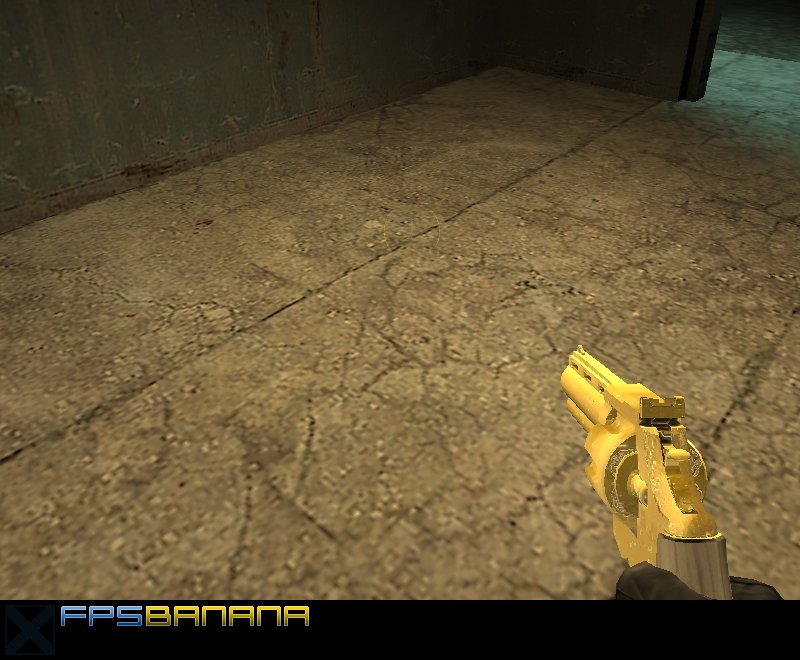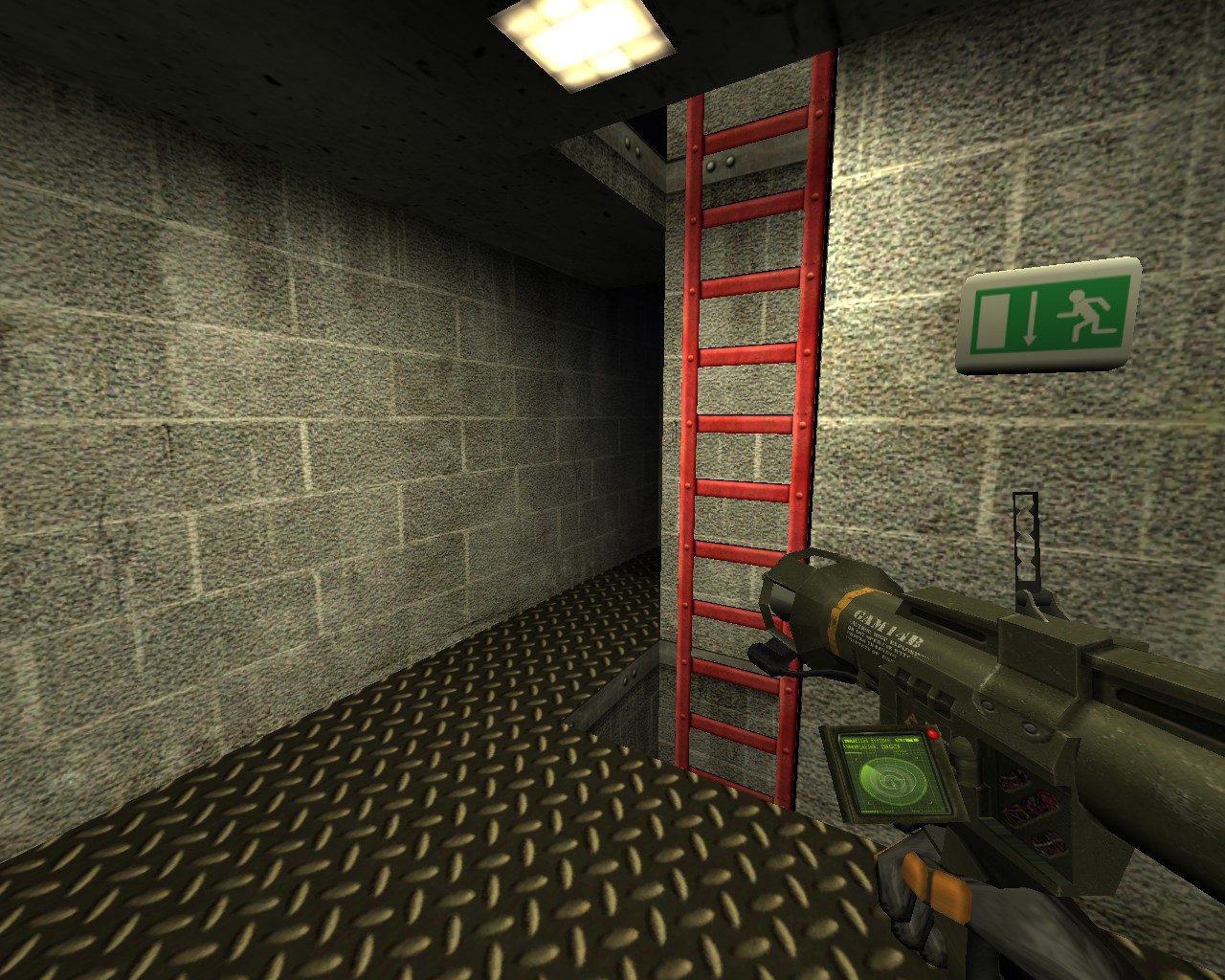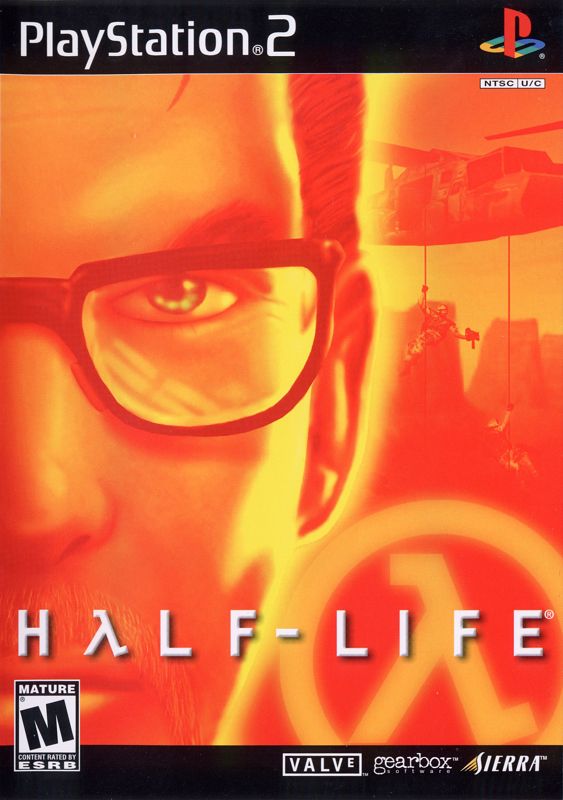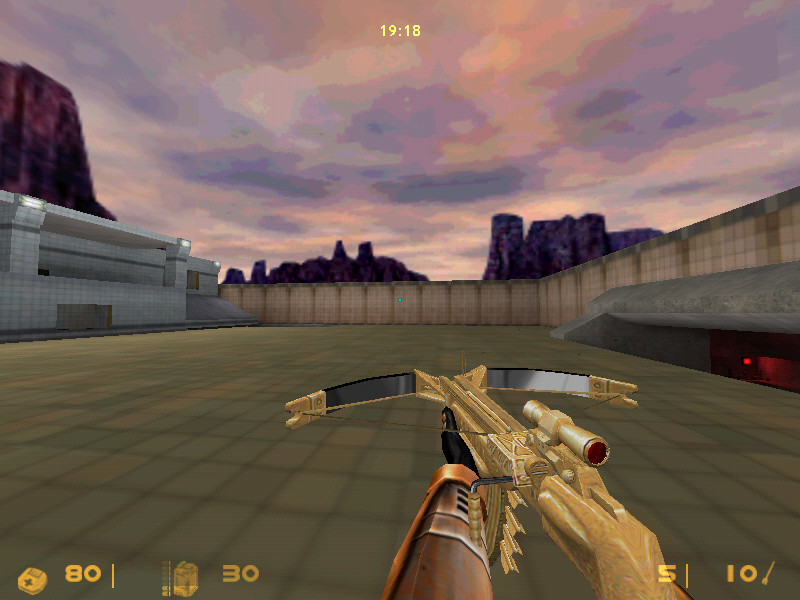

Reactors with fast neutrons are called fast reactors, and Gen-IV reactors are one example. Plutonium needs fast-moving neutrons to split its atoms.

The rod’s plutonium atoms, and its remaining uranium atoms, can undergo further fission in light-water reactors, but at low efficiency.

Only 5 percent of uranium atoms are used up by the time the rod becomes filled with fission products and is taken out of the reactor to be added to our stockpile of nuclear waste. The water molecules slow down the neutrons to the speed needed for a sustained fission reaction.Īs a country, we are sitting on a radioactive gold mine.

They need to be slowed down, which is done by using water that surrounds the rods. But the neutrons move too quickly to be captured. 1 A series of subsequent atomic reactions creates plutonium and other elements.įor the fission reaction to continue, the released neutrons need to collide with uranium atoms. Uranium atoms release energy when they undergo fission: After capturing a moving neutron, they split into two new elements, releasing two or three neutrons as well as heat, which boils water into steam that spins a turbine to generate electricity. nuclear reactors (and most other reactors in the world) use light-water technology in which uranium rods are dunked in water, which serves as a coolant. To make the new reactors work, new economic policies have to work first. But the economics of mining that gold are complicated. As a country, we are sitting on a radioactive gold mine. In the process, transuranics would be broken into elements that remain radioactive for a much shorter period of time, thus alleviating both our energy and our waste issues. A new generation of nuclear reactors, dubbed Gen-IV reactors, could do it with great efficiency. In August 2013, the United States Court of Appeals for the District of Columbia Circuit ordered the government to resume planning for the Yucca Mountain dump site, but the Nuclear Regulatory Commission says it lacks the money.īut there is a better solution: Nuclear waste can be turned into electricity. Known as transuranics, these materials remain radioactive for thousands of years, and are stored in above-ground, concrete-encased water pools and steel casks, fueling endless political battles about where they should be buried. More than 77,000 tons of plutonium, americium, and other radioactive leftovers of uranium fission have piled up at America’s atomic power plants, turning them into radioactive waste warehouses. If America’s nuclear waste could be turned into electricity, it could power the country for the next century.


 0 kommentar(er)
0 kommentar(er)
